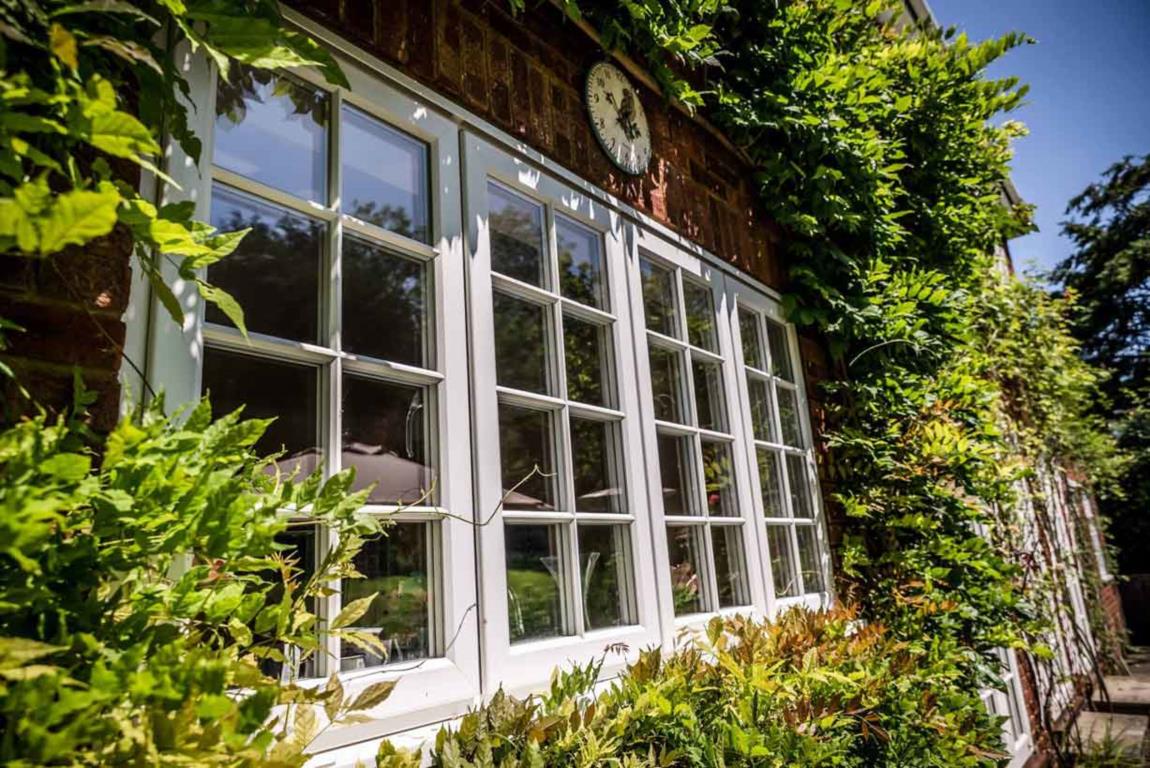All Categories
Featured
Table of Contents
Diy Double Glaze in Trigg Perth
Glazing just indicates the windows in your house, consisting of both openable and fixed windows, in addition to doors with glass and skylights. Glazing in fact simply indicates the glass part, but it is generally utilized to refer to all elements of an assembly consisting of glass, movies, frames and home furnishings. Taking notice of all of these elements will help you to achieve reliable passive design.

Energy-efficient glazing makes your house more comfy and significantly decreases your energy expenses. Unsuitable or badly created glazing can be a major source of undesirable heat gain in summertime and significant heat loss and condensation in winter. Approximately 87% of a home's heating energy can be gained and approximately 40% lost through windows.
Summer Scorcher Predicted, Again! Double Glazed ... in Orelia Perth
Glazing is a considerable investment in the quality of your house. An initial investment in energy-efficient windows, skylights and doors can greatly decrease your annual heating and cooling expense.

This tool compares window choices to a base level aluminium window with 3mm clear glass. Understanding a few of the key homes of glass will assist you to pick the very best glazing for your home. Secret properties of glass Source: Adjusted from the Australian Window Association The quantity of light that passes through the glazing is understood as visible light transmittance (VLT) or visible transmittance (VT).
Save Energy With Double Glazed Windows in Attadale Perth
The U worth for windows (expressed as Uw), explains the conduction of the whole window (glass and frame together). The lower the U worth, the greater a window's resistance to heat circulation and the much better its insulating worth.
If your home has 70m2 of glazing with aluminium frames and clear glass with a U worth of 6. 2W/m2 C, on a winter's night when it is 15C cooler outside compared with indoors, the heat loss through the windows would be: 6. 2 15 70 = 6510W That is equivalent to the total heat output of a big room gas heating system or a 6.
Glazing in Morley WA

If you pick a window with half the U worth (3. 1W/m2 C) (for example, double glazing with an argon-filled gap and less-conductive frames), you can cut in half the heat loss: 3. 1 15 70 = 3255W The solar heat gain coefficient (SHGC) for windows (expressed as SHGCw) measures how easily heat from direct sunlight flows through a whole window (glass and frame together).
The lower a window's SHGC, the less solar heat it sends to your home interior. Glazing makers state an SHGC for each window type and design. The real SHGC for windows is affected by the angle that solar radiation strikes the glass. This is referred to as the angle of occurrence.
Double Glazed Windows in Middle Swan WA
When the sun is perpendicular (at 90) to the glass, it has an angle of occurrence of 0 and the window will experience the optimum possible solar heat gain. The SHGC declared by glazing producers is always computed as having a 0 angle of incidence. As the angle increases, more solar radiation is reflected, and less is sent.
Latest Posts
Double Glazed Windows: A Complete Guide in Kelmscott WA
How Does Double Glazing Keep Heat Out? in Lathlain Western Australia
A Complete Guide To Double Glazed Windows in Wembley Downs WA